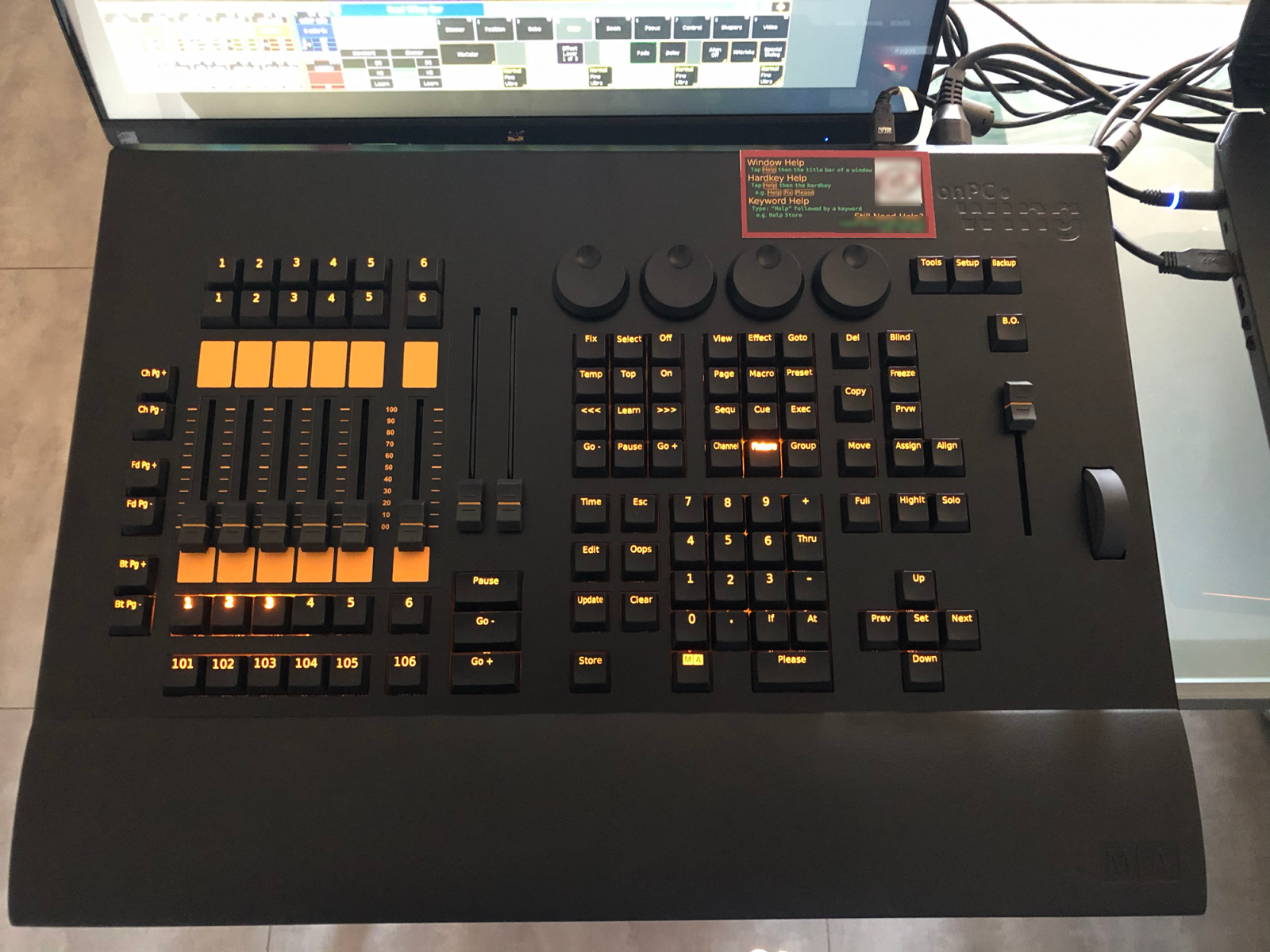

It has intelligent fixtures, but the file doesn’t have profiles specified in LW. Here I am using a House Plot LW file for a local venue here in Portland. We start in LW to go over the exporting process. (Get to the Tutorial Already! Instruction starts here) I can’t imagine doing a show without its error checking, it’s handy way of sorting data and exporting useful paperwork and lists. For those of you who don’t know the software- if you can imagine Microsoft Excel, but aware of what lights are, what electrical loads are, etc. Most of us in the Theater world use Lightwright. Once you understand some of how EOS and LW (I’m abbreviating Lightwright from here on out) work together, you can get into some more really cool stuff that allow you to reconcile patch, import/export groups, import cues, label cues and create scenes- all sorts of features I will cover in a future blog. Repeating data entry is a recipe for small frustrating disasters.
#Import lightwright to grandma 2 Patch#
It saves you a ton of time (why do things twice?) but it also means you don’t risk making mistakes by manually inputting your patch into EOS. If you have questions or suggestions, hit me in the comments.(Why Should you Care? – Skip this if you want to jump to instruction)ĮOS can import patch data, labels, gels, notes, a host of great information from Lightwright. Hopefully this article will make it easy and effortless to exchange information between the platforms. This workflow really works for me, as I have previously stated- I love LW and I’m lukewarm on Capture’s paperwork. From here on out, you can go to File>Automated Actions>Capture Import 2021 and select your Capture export to be done.įrom here, you can arrange your info within LW how you usually do. This will mean you never need to map your data fields again. Do this! I named mine Capture Import 2021. LW will offer to save this mapping as an Automated Action. When you are satisfied, click OK at the bottom. This will make importing information back into Capture easier. Notice I kept the Capture UID and put it under the Vectorworks UID. Over in LW, open a new empty project and go to File>Import Data.Ĭhoose your file, and then LW opens a dialogue box where you can map the incoming information to the LW columns that make sense to you. I don’t need to change any of this, so I won’t. You are presented with another brief dialogue box that allows you to filter your export either with a Filter or through Selected Objects. For most needs, though, Lightwright Text Files covers our needs. If you need those coordinates, you will either need to stay with the CSV export and then do a search and replace in your preferred spreadsheet to change A.1 to 1/1 (and onward through the Universe alphabet). It doesn’t include XYZ coordinates of any kind, which are not needed in LW, but may be helpful if you plan to export from LW to your console. The drawbacks are the info that gets left out. I change the Addressing style of Capture from A.1 to the Lightwright-friendly 1/1. The reason you are choosing Lightwright Text Files is it translates a few things. It’s worth explaining a couple things here. From the pulldown menu (shown), you want to pick Lightwright text files, name the file and save. You’ll be presented with a dialogue box with some choices, all of which are hidden.

Starting in your Capture file, go to File>Export Fixture Data. Updating to the Beta 6.0.42.413 fixed the issue. Possibly important note- when I tried to recreate these steps for this tutorial on Lightwright 6.0.41.405 on a Mac, I would go through the whole process to have a bunch of empty entries. Getting info from Capture into LW is not complicated, it just has a couple of annoying things that can mess you up. But since you are reading this, you probably already know all that. It combines all the excellence of the best spreadsheets with an integral knowledge of electricity, lighting protocols and helps me fix mistakes before I ever load in a show.

I came “up through the ranks” to programmer/designer by being a Production Electrician first, so Lightwright is an indispensable tool for me. Mistakes are humbling, publishing them even more so. After writing the blog that I intended to finish my Drafting with Capture series, I belatedly realized that I had not, in fact, ever written the exporting Capture to Lightwright tutorial I thought I had.


 0 kommentar(er)
0 kommentar(er)
